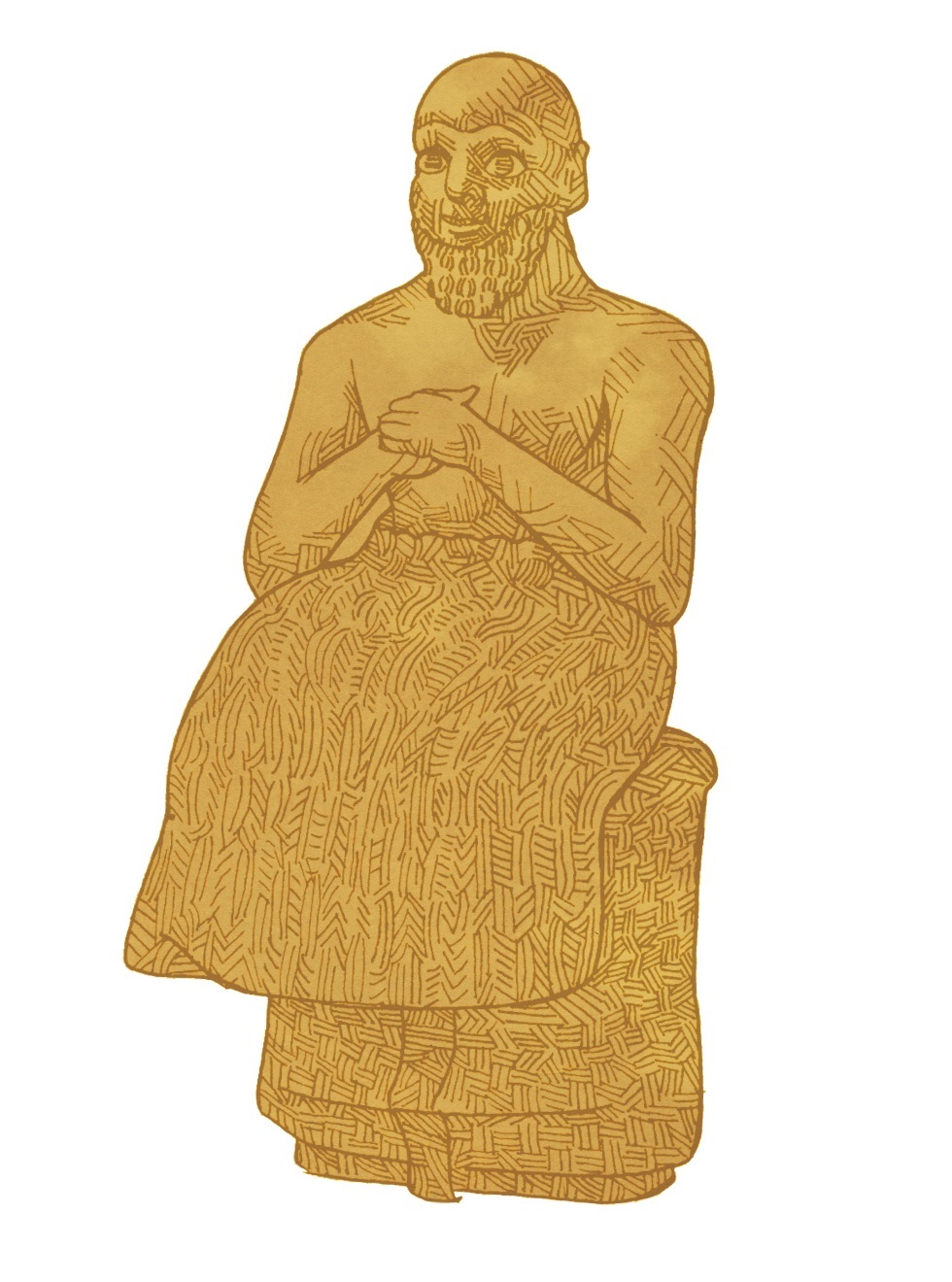Female Slave vs Female Slave: ָאָמה and i n t h e H B ִש ְפ ָח ה
DOI:
https://doi.org/10.5508/jhs.2012.v12.a2Abstract
The Hebrew Bible has two terms to designate female slaves: ָמהָא and ָחה ְפ ִׁש .A matter that is frequently revisited is whether there is a distinction between these terms.
It is clear that ָמה ָאand ָחה ְפ ִׁשare used as synonyms. This is shown by the use of both terms to designate female slaves in gen- eral (e.g., ָמה ָאin Nah ]2:8[7and Lev ;25:44and ָחה ְפ ִׁשin 1Sam 8:16 and Deut ,)28:68and the interchanging of the terms for Hagar in Gen 16:2–5 ָחה( ְפ ִׁש )and 21:10–13 ָמה( ָא )and for Bilhah and Zilpah in 31:33 ָמה( ָא )and ,33:1 6 ָחה( ְפ ִׁש .)A clear synonymous use of the two terms is found in Gen :30:3–4
Then she [Rachel] said, “See! My female slave ִתי[ ָמ ֲא ]Bilhah! Go in to her so she may bear children on my knees and I also may have children through her.” So she gave to him Bilhah her female slave ָתּה[ ָח ְפ ִׁש ]as a wife; and Jacob went into her. (Gen 30:3–4)F1 1

 Statue of Ebih-Il, drawing by Simeon Goa, © Journal of Hebrew Scriptures
Statue of Ebih-Il, drawing by Simeon Goa, © Journal of Hebrew Scriptures
